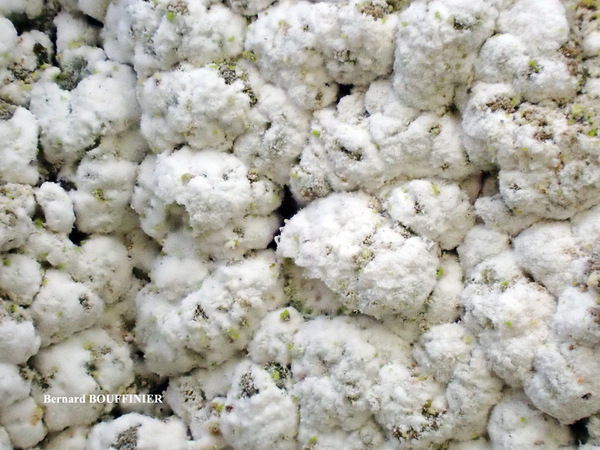Sporodophoron cretaceum (Hue) Ertz & Frisch
in Frisch & al., Lichenologist, 47: 248, 2015. Basionym: Crocynia cretacea Hue - Bull. Soc. Bot. France, 73: 347, 1924.
Synonyms: Schismatomma cretaceum (Hue) J.R. Laundon; Schismatomma virgineum D. Hawksw. & P. James
Distribution: C - Sar (Zedda 2002, Cossu 2013).
Description: Thallus crustose, episubstratic, up to 0.9 mm thick, ecorticate and farinose wide-spreading, at first whitish grey, then chalky-white, continuous to rimose, rarely areolate with flat, angular, 0.5-2 (-3) mm wide areoles, without a distinct prothallus. Medulla white, I+ blue, K/I+ blue, the hyphae covered with small colourless crystals dissolving in K (polarized light). Apothecia and pycnidia unknown. Sporodochia whitish, at first well-delimited, then becoming irregular and eroded, finally covering most of the surface. Conidia formed from c. 2 μm thick, colourless hyphae, disintegrating into 1-6-septate fragments of irregular shape, often with a submuriform appearance, rounded, angular or ellipsoid, more or less constricted at septa, (10-)11.5-16.5(-20) x (6-)7.5-11(-14) μm, the individual cells rounded to short-cylindrical, the walls colourless, covered with pale granular crystals. Photobiont trentepohlioid. Spot tests K+ yellow, C-, KC-, P-, UV+ pale grey-orange. Chemistry: 2'-O-methylperlatolic acid, lepraric high unknown, and up to four other accessory compounds.Note: a species with a mainly western European distribution, never found fertile (usually with sporodochia), which grows on the dry sides of old isolated trees below the montane belt. It is included as “Critically Endangered” in the Italian red list of epiphytic lichens (Nascimbene & al. 2013c).
Growth form: Crustose
Substrata: bark
Photobiont: Trentepohlia
Reproductive strategy: mainly asexual, by conidia and thalloconidia
Most common in areas with a humid-warm climate (e.g. most of Tyrrenian Italy)
Commonnes-rarity: (info)
Alpine belt: absent
Subalpine belt: absent
Oromediterranean belt: absent
Montane belt: absent
Submediterranean belt: absent
Padanian area: absent
Humid submediterranean belt: extremely rare
Humid mediterranean belt: extremely rare
Dry mediterranean belt: absent
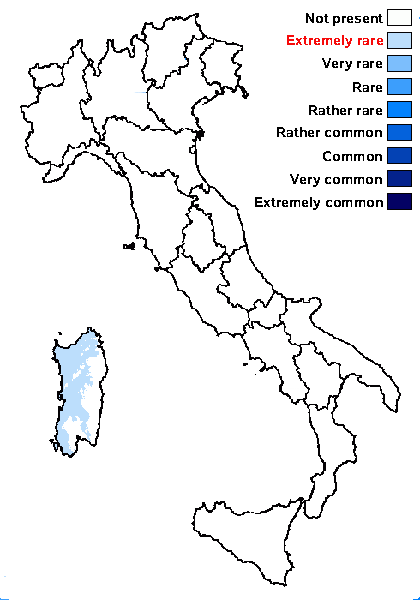
Predictive model
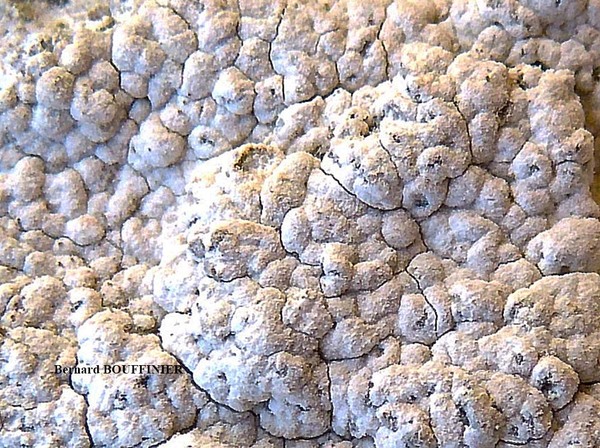
Bernard Bouffinier - Source: http://www.lichensmaritimes.org/index.php?task=fiche&lichen=661&lang=en
France, Le Relecq
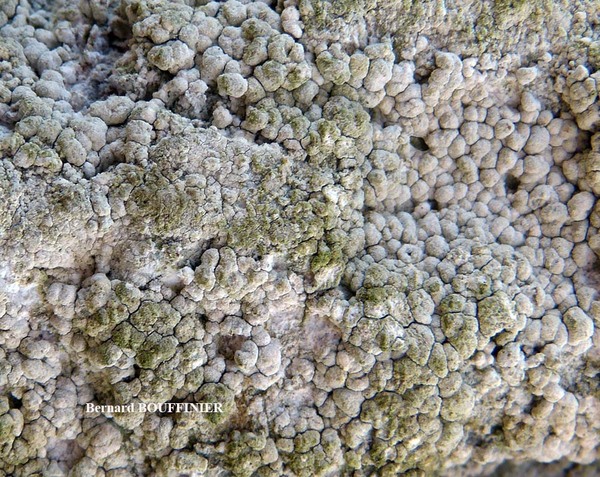
Bernard Bouffinier - Source: http://www.lichensmaritimes.org/index.php?task=fiche&lichen=661&lang=en
France, Le Relecq

Bernard Bouffinier - Source: http://www.lichensmaritimes.org/index.php?task=fiche&lichen=661&lang=en
France, Le Relecq
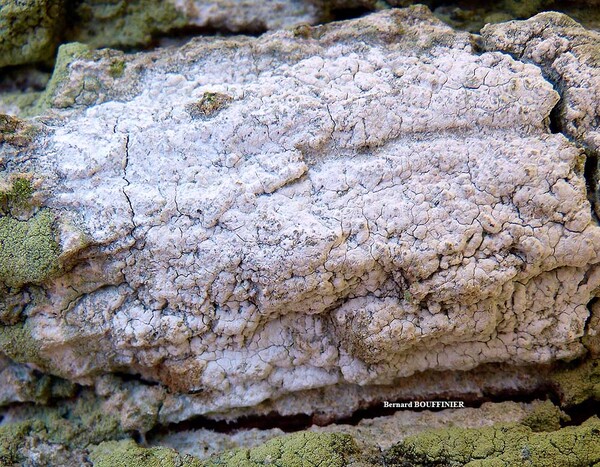
Bernard Bouffinier - Source: http://www.lichensmaritimes.org/index.php?task=fiche&lichen=661&lang=en
France, Le Relecq
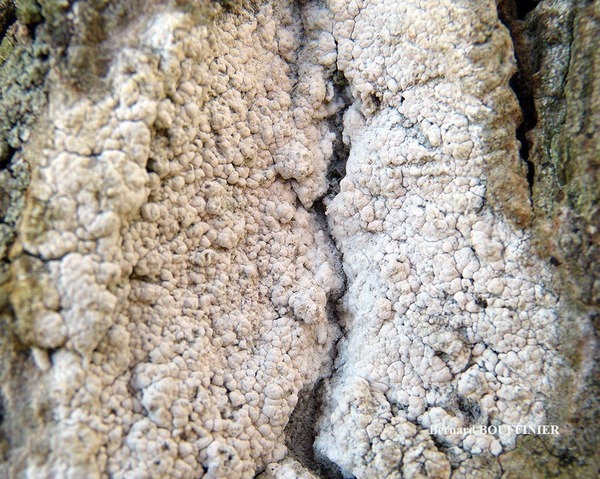
Bernard Bouffinier - Source: http://www.lichensmaritimes.org/index.php?task=fiche&lichen=661&lang=en
France, Le Relecq
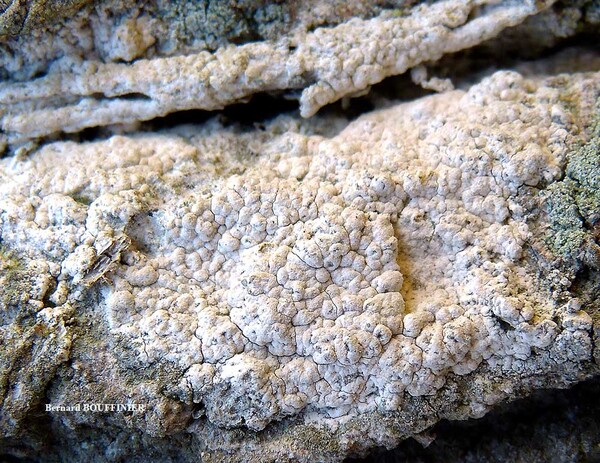
Bernard Bouffinier - Source: http://www.lichensmaritimes.org/index.php?task=fiche&lichen=661&lang=en
France, Le Relecq
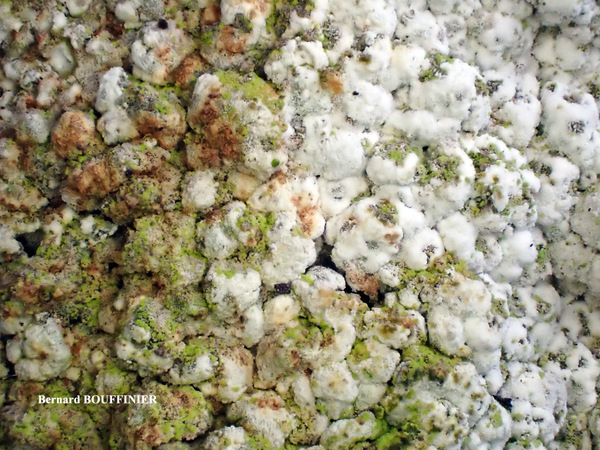
Bernard Bouffinier - Source: http://www.lichensmaritimes.org/index.php?task=fiche&lichen=661&lang=en
France, Le Relecq
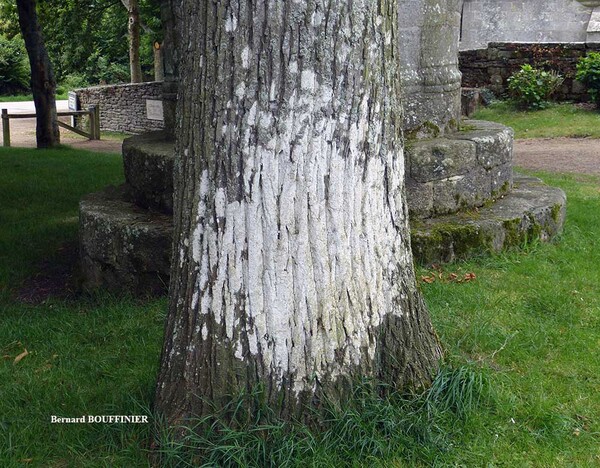
Bernard Bouffinier - Source: http://www.lichensmaritimes.org/index.php?task=fiche&lichen=661&lang=en
France, Poullan-sur-mer
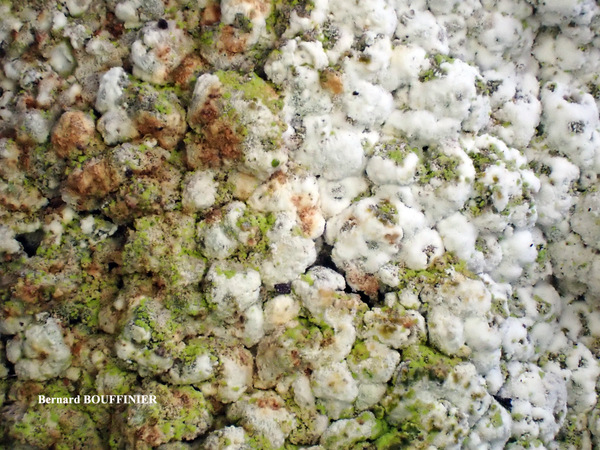
Bernard Bouffinier - Source: http://www.lichensmaritimes.org/index.php?task=fiche&lichen=661&lang=en
France, Kergoat
Growth form: Crustose
Substrata: bark
Photobiont: Trentepohlia
Reproductive strategy: mainly asexual, by conidia and thalloconidia
Most common in areas with a humid-warm climate (e.g. most of Tyrrenian Italy)
Commonnes-rarity: (info)
Alpine belt: absent
Subalpine belt: absent
Oromediterranean belt: absent
Montane belt: absent
Submediterranean belt: absent
Padanian area: absent
Humid submediterranean belt: extremely rare
Humid mediterranean belt: extremely rare
Dry mediterranean belt: absent

Predictive model

Bernard Bouffinier - Source: http://www.lichensmaritimes.org/index.php?task=fiche&lichen=661&lang=en
France, Le Relecq

Bernard Bouffinier - Source: http://www.lichensmaritimes.org/index.php?task=fiche&lichen=661&lang=en
France, Le Relecq

Bernard Bouffinier - Source: http://www.lichensmaritimes.org/index.php?task=fiche&lichen=661&lang=en
France, Le Relecq

Bernard Bouffinier - Source: http://www.lichensmaritimes.org/index.php?task=fiche&lichen=661&lang=en
France, Le Relecq

Bernard Bouffinier - Source: http://www.lichensmaritimes.org/index.php?task=fiche&lichen=661&lang=en
France, Le Relecq

Bernard Bouffinier - Source: http://www.lichensmaritimes.org/index.php?task=fiche&lichen=661&lang=en
France, Le Relecq

Bernard Bouffinier - Source: http://www.lichensmaritimes.org/index.php?task=fiche&lichen=661&lang=en
France, Le Relecq

Bernard Bouffinier - Source: http://www.lichensmaritimes.org/index.php?task=fiche&lichen=661&lang=en
France, Poullan-sur-mer

 Index Fungorum
Index Fungorum
 GBIF
GBIF

